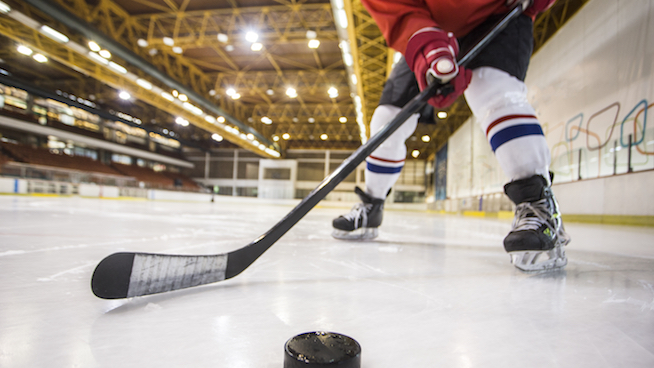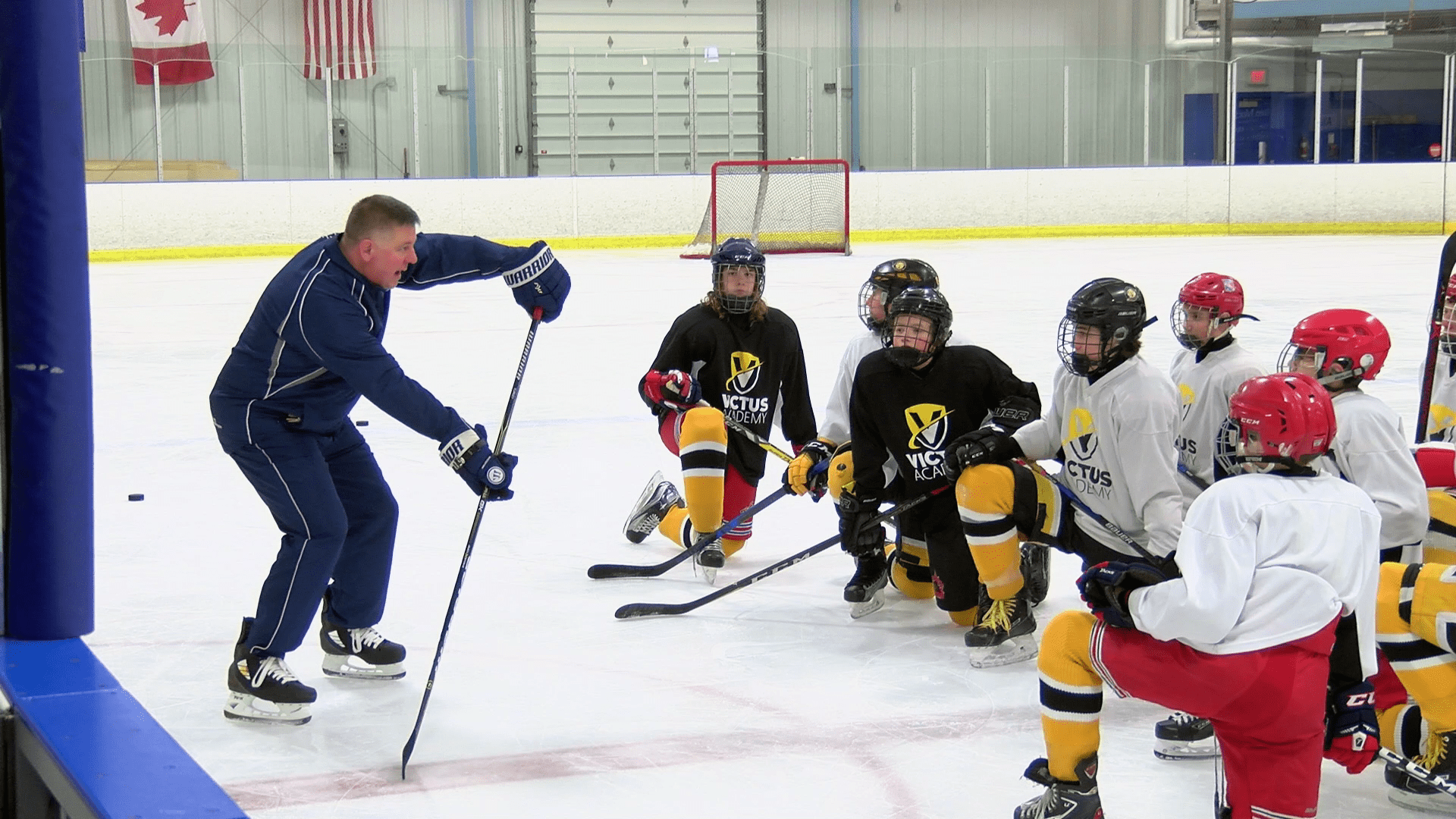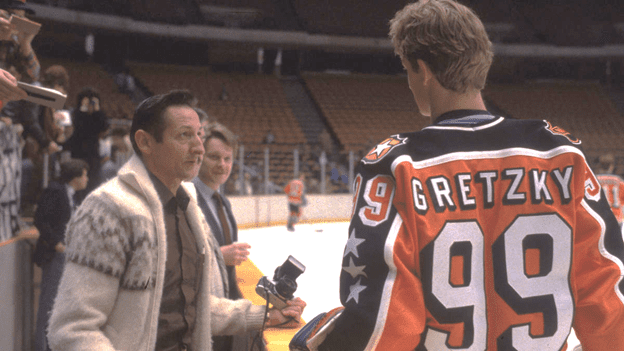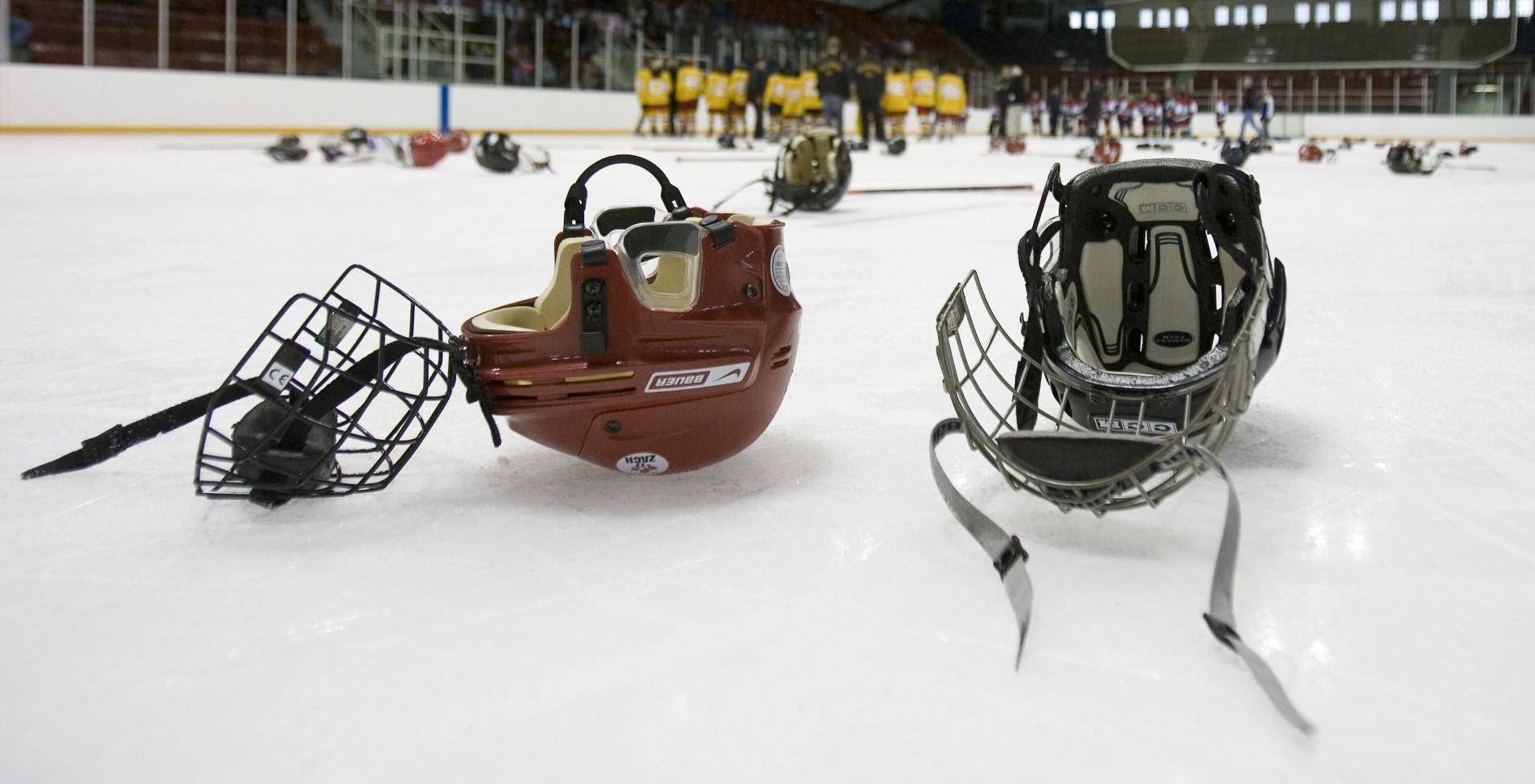Out of all of the sports that young athletes can play, it is difficult to think of one that is more physically intensive on developing bodies than hockey. A high impact game that is traditionally hard on knees and hips, the topic of potential overtraining from a young age has been a popular one in recent years. Why is overtraining suddenly a hot topic? Because studies of injuries amongst younger athletes have shown that a good percentage of them occur due to the neglect of recovery and fatigue in crucial areas of their bodies. As parents and coaches we have a tendency to overlook injuries in young players as their energy levels and flexibility tend to diminish how serious the injuries really are.
Overtraining on and off the Ice
Hockey has long been known as a sport that tends to have a lot of practices and games throughout the week. Early morning practices and late night games wreak havoc on the development of young bodies and not just because they spend too much time on the ice. Overtraining and fatigue can come in many different forms including a lack of sleep to a developing body. We all know kids need their sleep but early morning practices are not just hard on parents they are hard on the players as well. Not only can this hinder a full night’s sleep, but rushing to school after a practice can cause missing breakfast which is another essential building block for a developing body. What about when they actually get to school? A lack of sleep and breakfast can cause issues with focus and paying attention in class which of course is another aspect of mitigating full development.
What about physical development as well? To account for the amount of skating and physicality of hockey, players need to build up their strength which may include weight lifting or strength training off the ice. Younger players generally have what is called an imbalance of muscles, meaning that there are a lot of weaknesses in how their bodies are developing with certain muscle groups growing faster and stronger than others. This is natural as we rely on things like our legs more than we need upper body strength as children. Without proper training though muscle imbalances can become an issue and with prolonged weakness, can be a recurring source of injuries as we get older.
What about the goalies?
Hockey goalies by nature have a relatively unnatural stance when they are in the crease getting ready to stop the puck. Their legs are always slightly bent and pushing off in this crouched and compact position to explode into a save can cause long-term issues. One of the things many goalies have to deal with are hip issues like impingements or muscle tears in the labrum area. Recently, former Vancouver Canuck and Carolina Hurricane goaltender and friend of mine Eddie Lack was forced to retire due to chronic and recurring hip injuries. Goalies who play in net since childhood most likely suffer from some sort of hip pain or discomfort during their career and hip surgery is a common procedure that goalies need to undertake.
So how can we realistically say that multiple practices per week on top of games is helping young goalies avoid serious hip injuries in the future? The crouched position that goalies take is called the valgus position, and in this stance, the space between the labrum and the hip socket is diminished causing long-term wear and tear. Goalies also feel related knee soreness and suffer knee injuries from this stance so you can quickly piece together how overtraining as a goalie can have serious future repercussions to a goalie’s livelihood. The key to avoiding injury from any sort of repetitive stance or muscle use is stretching both before and after games and practices. There are numerous stretches that can target the hip and pelvis area for goalies, but with constant use over time, it may be inevitable for goalies to have some sort of hip issue.
Recovery is Key for Young Players
This is recovery in general, not just after injuries or soreness. One way to avoid overuse of the same muscle groups and joints is to have them take part in different sports throughout the year. Give their knees and hips a break with sports like soccer or baseball when hockey is in the offseason. The problem is, especially here in Canada where hockey is gospel, parents tend to keep their kids in hockey all year round. Spring and summer leagues are becoming more normal and if they are not playing in a league they often have them in other training camps like power skating. Is that wrong? Of course not, many parents have high aspirations for their children at a young age. They do need to know that twelve months of hockey could be doing some detrimental damage or at least not allowing for enough recovery for their muscles and joints.
Since young players bounce back so fast and are always wanting to get back out on the ice, they may not feel the same soreness that we feel as adults. Always make sure to be aware of any soreness your child may be feeling after a practice or game. If that soreness is not properly healed, it can make the area susceptible to injuries in the long-term. The key to not over train is to include diversity in your child’s activities throughout the year. Remember that proper sleep, nutrition, and rest are perhaps more important to their overall development than having four practices and two games per week. We are not just training our kids to be hockey players but we want them to develop the proper strength and physical health to succeed at everything in life, not just hockey.






